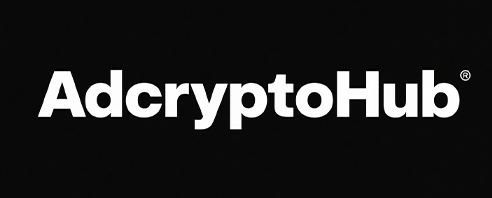
Blockchain Media Brand Interaction Innovation Strategy: A New Era of Engagement
In the rapidly evolving digital landscape, the intersection of blockchain technology and media has opened up unprecedented opportunities for brand interaction. As a seasoned自媒体 writer with over a decade of experience, I've witnessed firsthand how innovative strategies can transform the way brands engage with their audience. Today, let's delve into the Blockchain Media Brand Interaction Innovation Strategy and explore its potential to redefine the media industry.
The Rise of Blockchain in Media
Blockchain technology has been making waves across various industries, and media is no exception. By leveraging its decentralized and transparent nature, blockchain can enhance trust and authenticity in content distribution. This shift has paved the way for innovative brand interactions that go beyond traditional advertising models.
Enhancing Brand Interaction with Blockchain
One of the key advantages of blockchain in media is its ability to create a direct line of communication between brands and consumers. By using smart contracts, brands can offer exclusive content, rewards, or experiences to their audience in exchange for engagement. This not only fosters a sense of exclusivity but also encourages active participation.
Case Study: Decentraland
Decentraland is a virtual reality platform built on the Ethereum blockchain. Brands like Adidas and Nike have leveraged this platform to create immersive experiences that allow users to interact with their products in a unique way. By integrating blockchain into their marketing strategies, these brands have successfully engaged consumers on a new level.
Innovation Strategy: Key Components
To effectively implement a Blockchain Media Brand Interaction Innovation Strategy, there are several key components to consider:
1. Tokenization
Tokenization involves converting assets into digital tokens on the blockchain. This approach can enable brands to create unique experiences or rewards that are directly linked to consumer engagement.
2. Decentralized Autonomous Organizations (DAOs)
DAOs are organizations governed by smart contracts on the blockchain. By leveraging DAOs, brands can involve their audience in decision-making processes, fostering a sense of ownership and community.
3. Interoperability
Ensuring that different platforms and technologies can work together seamlessly is crucial for successful brand interactions in the blockchain media space.
Challenges and Considerations
While blockchain offers exciting opportunities for innovation, there are challenges that need to be addressed:
1. Scalability
The current scalability issues of blockchain technology can hinder widespread adoption in media.
2. Regulatory Compliance
Navigating the complex regulatory landscape surrounding blockchain and media requires careful planning and compliance measures.
Conclusion: The Future of Blockchain Media Brand Interaction
The Blockchain Media Brand Interaction Innovation Strategy represents a new era of engagement within the media industry. By leveraging the power of blockchain technology, brands can create authentic and engaging experiences that resonate with their audience. As we continue to explore this exciting space, it's clear that innovation will be key to unlocking the full potential of this dynamic partnership.
In conclusion, embracing a Blockchain Media Brand Interaction Innovation Strategy is not just about adopting new technology; it's about reimagining how we engage with our audience and build lasting relationships based on trust and authenticity. The future holds immense possibilities for those willing to embrace this transformative approach.

 한국어
한국어
 简体中文
简体中文
 English
English
 繁體中文
繁體中文
 日本語
日本語
 Español
Español
 Français
Français
 Deutsch
Deutsch
 Italiano
Italiano
 Русский
Русский
 Português
Português
 العربية
العربية
 Türkçe
Türkçe
 ภาษาไทย
ภาษาไทย
 हिंदी
हिंदी
 Bahasa Indonesia
Bahasa Indonesia
 Tiếng Việt
Tiếng Việt







